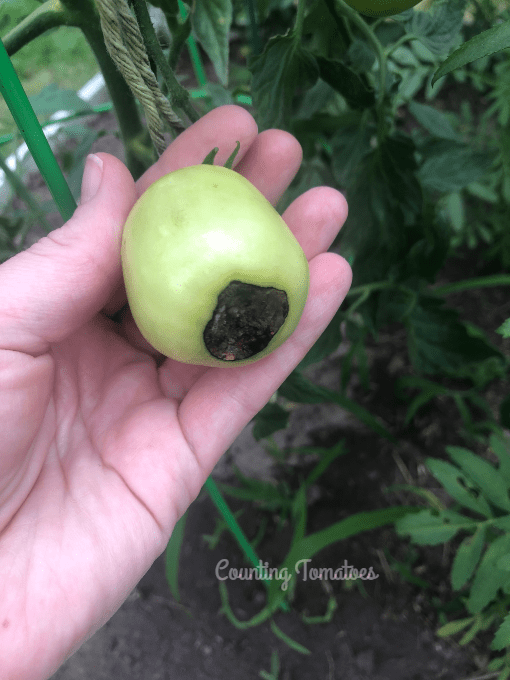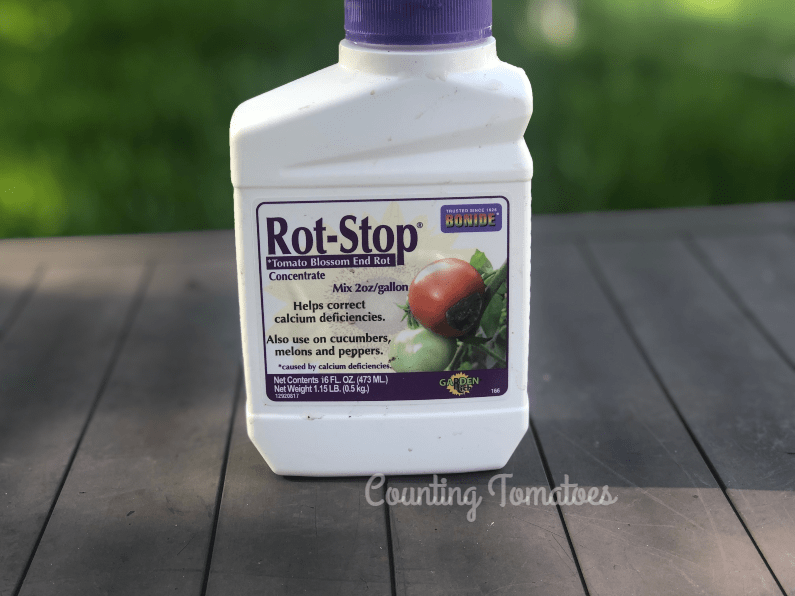The first year I ever grew tomatoes, I remember being so excited to see my vines loaded with tomatoes only to discover this big black massive spot on the bottom of the tomatoes. What in the world was happening? I have since grown many tomatoes and learned from experience; that big black massive spot on the bottom of tomatoes is known as blossom end rot.

What is blossom end rot? Contrary to what some may believe, it’s not a fungus. Blossom end rot (BER) is a physiological disorder resulting from a calcium imbalance in the fruit. Not only does it affect tomatoes, but it can also affect squash, peppers, melons, and cucumbers. It is not contagious and does not spread from plant to plant; however, you can have more than one plant affected.
What causes blossom end rot? BER is a calcium imbalance and can be caused by a number of things including fluctuations in watering where the soil is either dry or too wet, the pH of your soil is too high or too low, excess nitrogen fertilizer in the form of ammonium, or a soil that has too high concentrations of potassium and magnesium preventing the plant from absorbing calcium.
How do I control and prevent blossom end rot?
- Start by removing the affected fruit; you cannot heal a tomato with blossom end rot
- Test the pH of your soil. The ideal pH of your soil should be around 6.5 for tomatoes. Amend your soil with garden lime to raise the pH. If you have alkaline soil and wish to lower the pH, this can be accomplished with the addition of peat moss or elemental sulfur.
- Mulch your tomatoes to enable them to retain moisture while also controlling the temperature of the soil.
- Use a fertilizer that is lower in nitrogen but higher in phosphorous.
- Use Bonide Rot-Stop as a foliar spray when there have been periods of heavy rain or rapid growth of your tomato plant. This is a foliar spray of calcium to supplement your regular fertilization program.

This year we have had unpredictable weather and have received several unseasonable storms. My Roma tomatoes started to show a few fruits with BER and I knew the water fluctuations with the storms were to blame. I removed the affected tomatoes then applied two applications of the Bonide Rot-Stop 7 days apart and I have not had any more problems with BER this year.
This post is not sponsored nor endorsed by Bonide. THIS POST CONTAINS AFFILIATE LINKS. ALL OPINIONS ARE MY OWN. FOR MORE INFORMATION ON WHAT THAT MEANS, SEE MY ABOUT PAGE: BLOG COMPENSATION AND DISCLOSURE.



